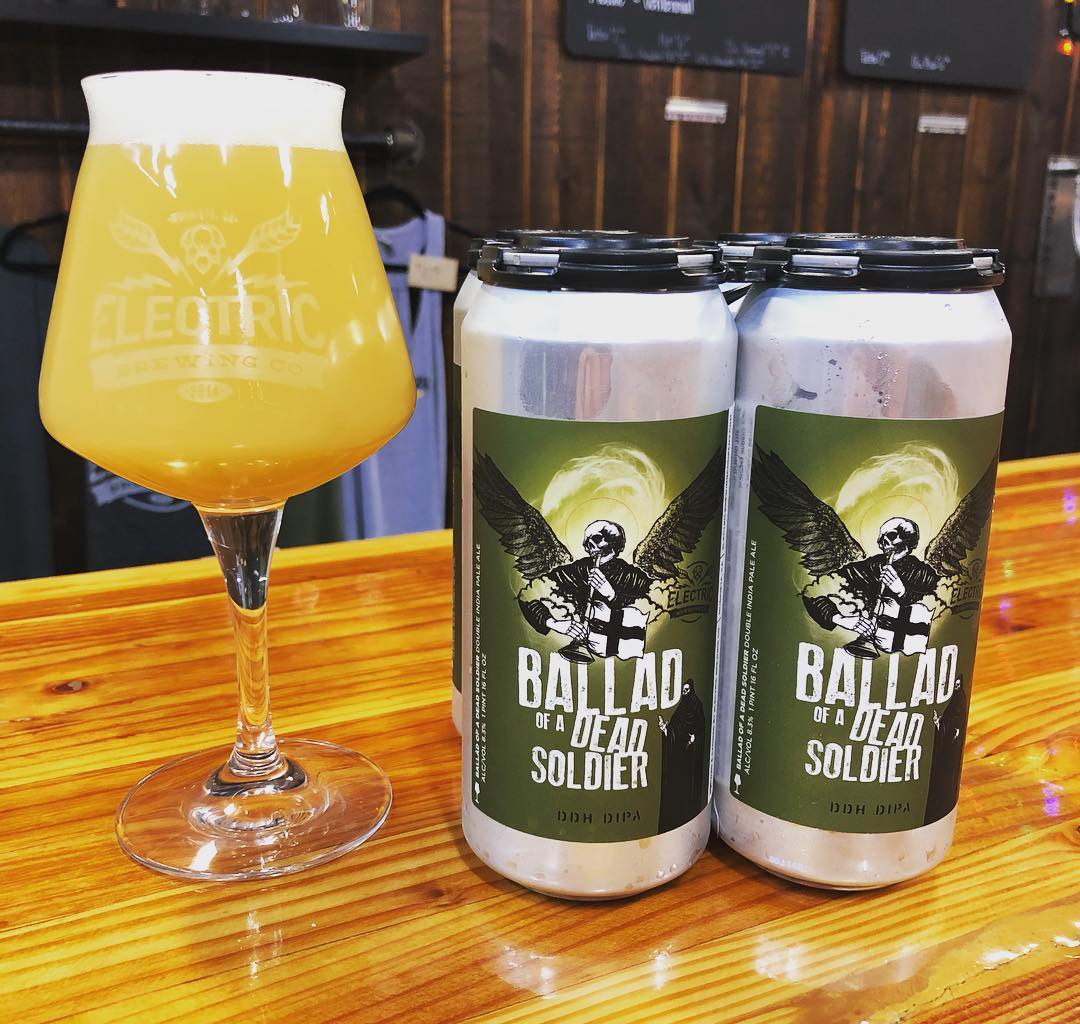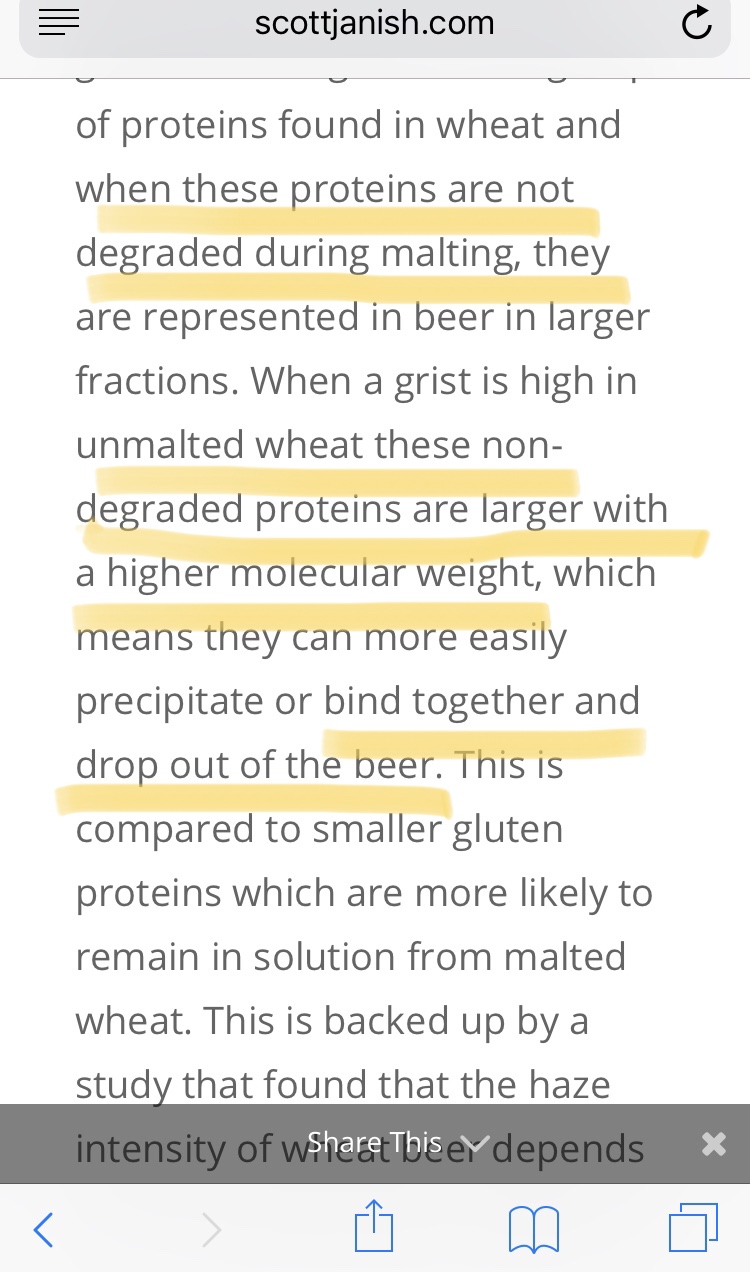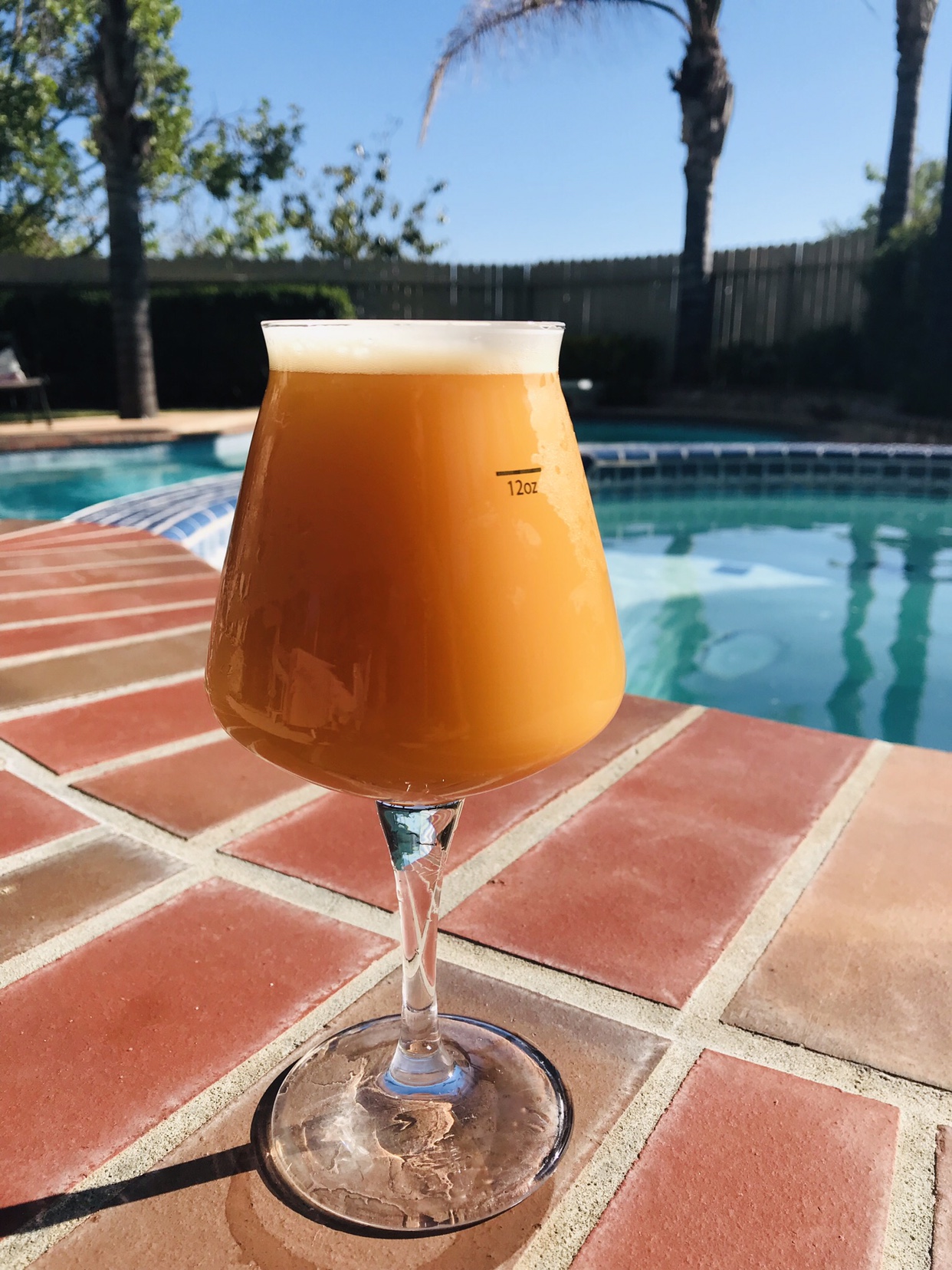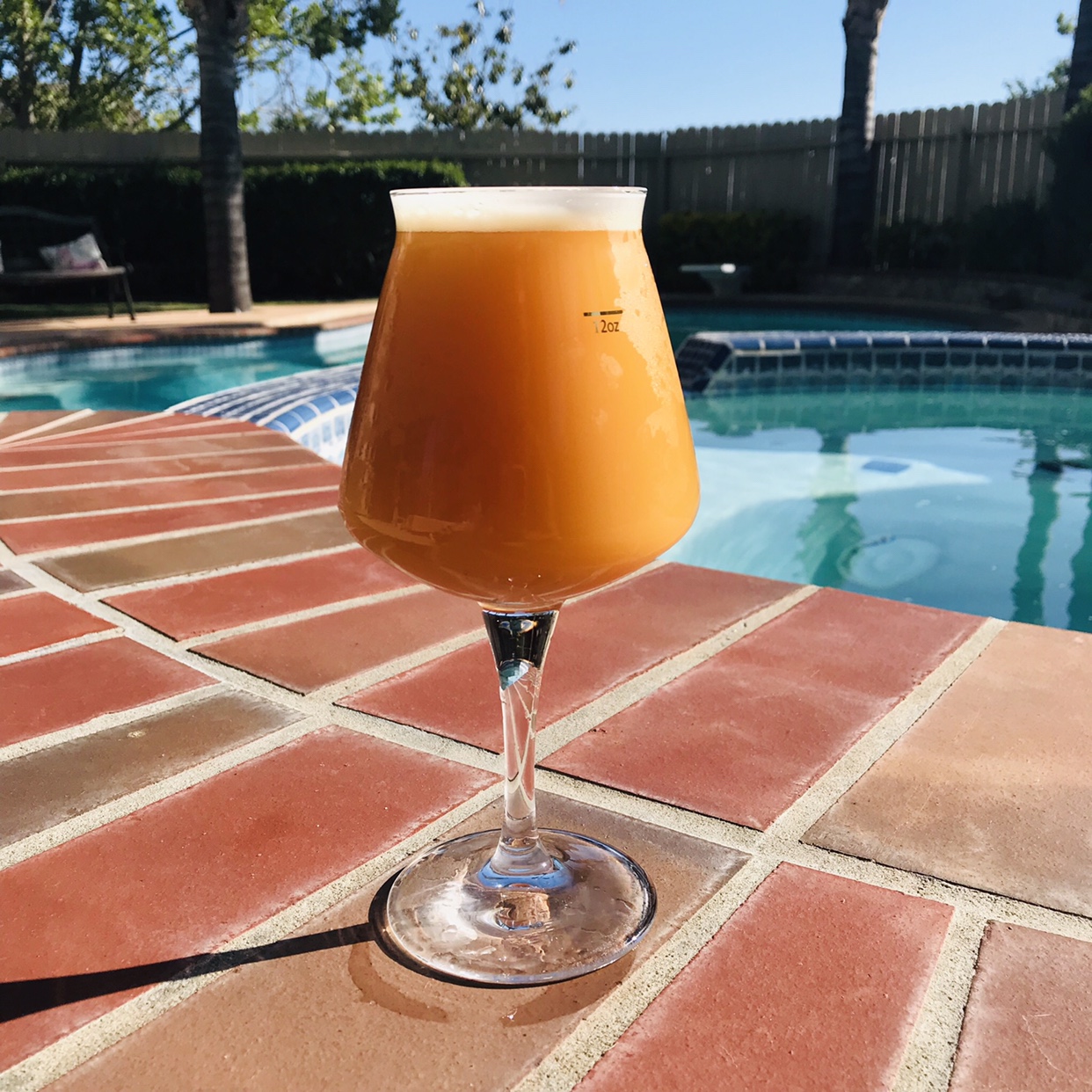Northern_Brewer
British - apparently some US company stole my name
Thanks! (I meant US gallons.) So, for that study using those hops (I think it was Cascade), Shellhammer was looking at dry hop rates and aroma/flavor. He concluded that using more than that amount (about 1 oz per gallon for dry hopping) does not lead to more aroma/flavor.
4-8g/l is optimal in his system, with that particular hop (Cascade). Anecdotally people seem to think about double that is best for the typical CMG hazy at homebrew scale - probably a combination of lower utilisation and just the kind of chemicals you're trying to extract. The terpenols that give you citrus and floral flavours are much more abundant than the thiols that give you tropical flavours, so you can imagine the dosing will be different.
On an unrelated note, I recently saw a chart comparing beta-glucosidase activity among the Lallemand dry yeasts, BRY-97, Belle and their New England had 50% more activity than the others. BRY-97 is a bit of a peculiar yeast but I suspect people should be using it more. The big advantage with commercial dry yeast of course is that you don't really need to aerate your wort for the benefit of the yeast, as they already have reserves of the sterols that yeast can only make with oxygen. Bit of an overpitch wouldn't hurt though, based on ~20 billion cells per gram. It's notable that eg Cloudwater used to use WLP095 and WLP4000 but now seem to have moved to the Lallemand dry version.





















![Craft A Brew - Safale BE-256 Yeast - Fermentis - Belgian Ale Dry Yeast - For Belgian & Strong Ales - Ingredients for Home Brewing - Beer Making Supplies - [3 Pack]](https://m.media-amazon.com/images/I/51bcKEwQmWL._SL500_.jpg)








































